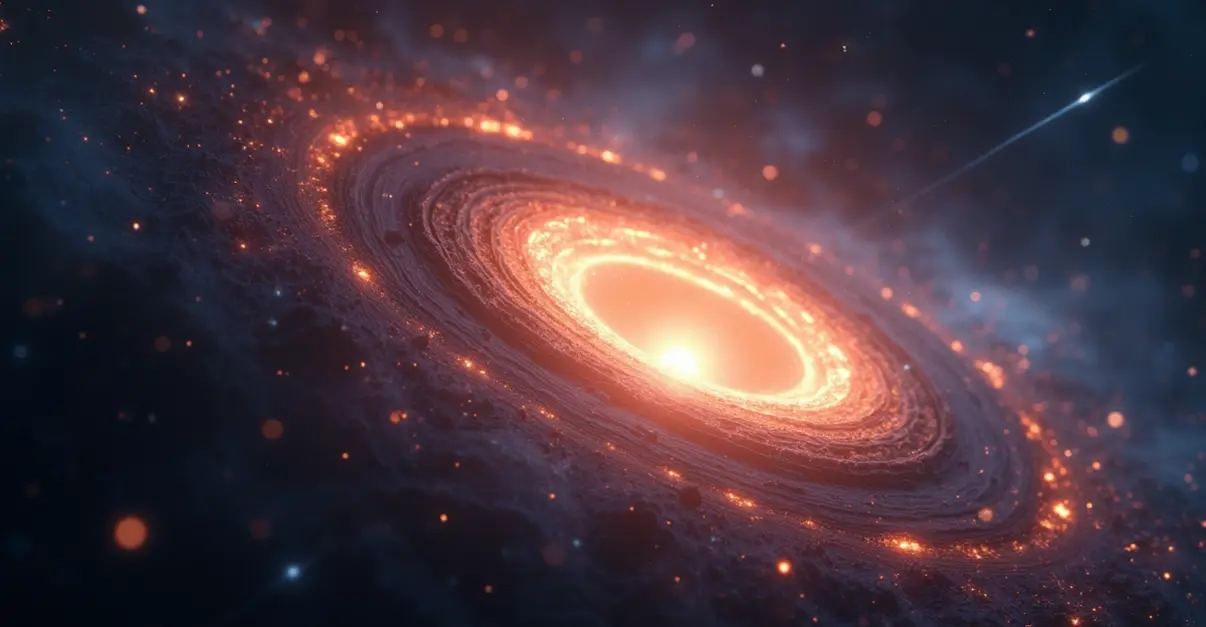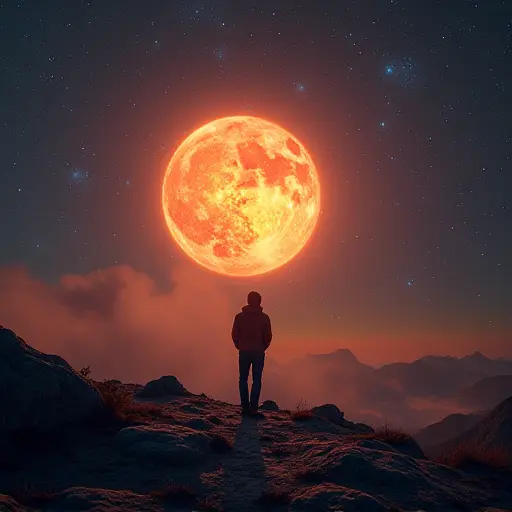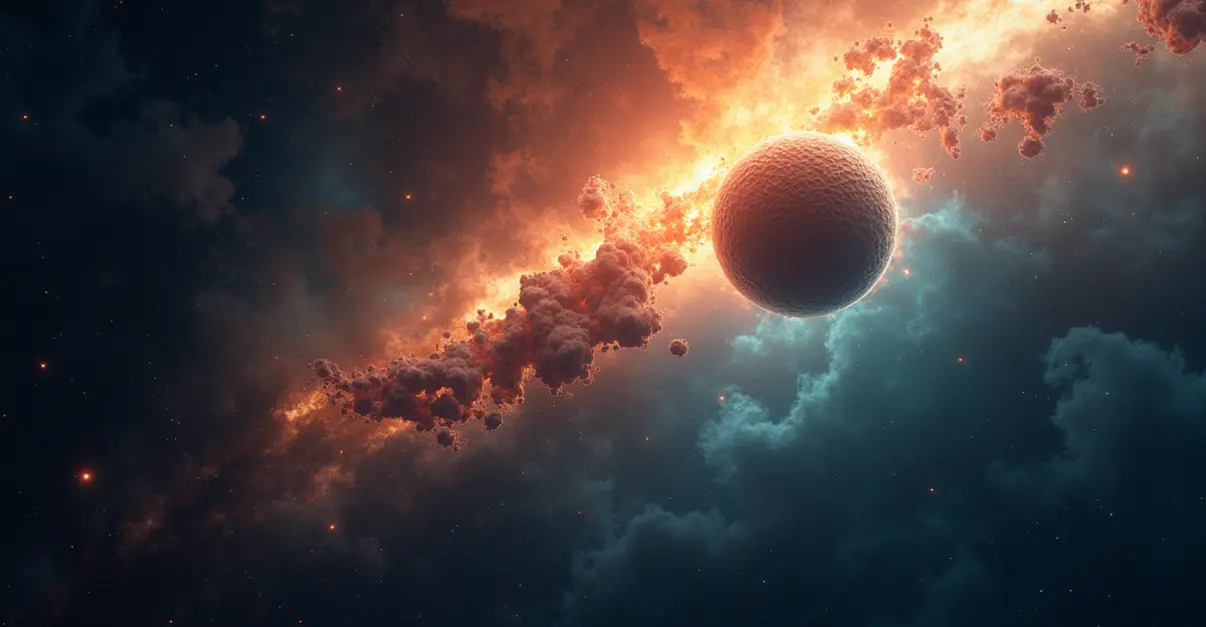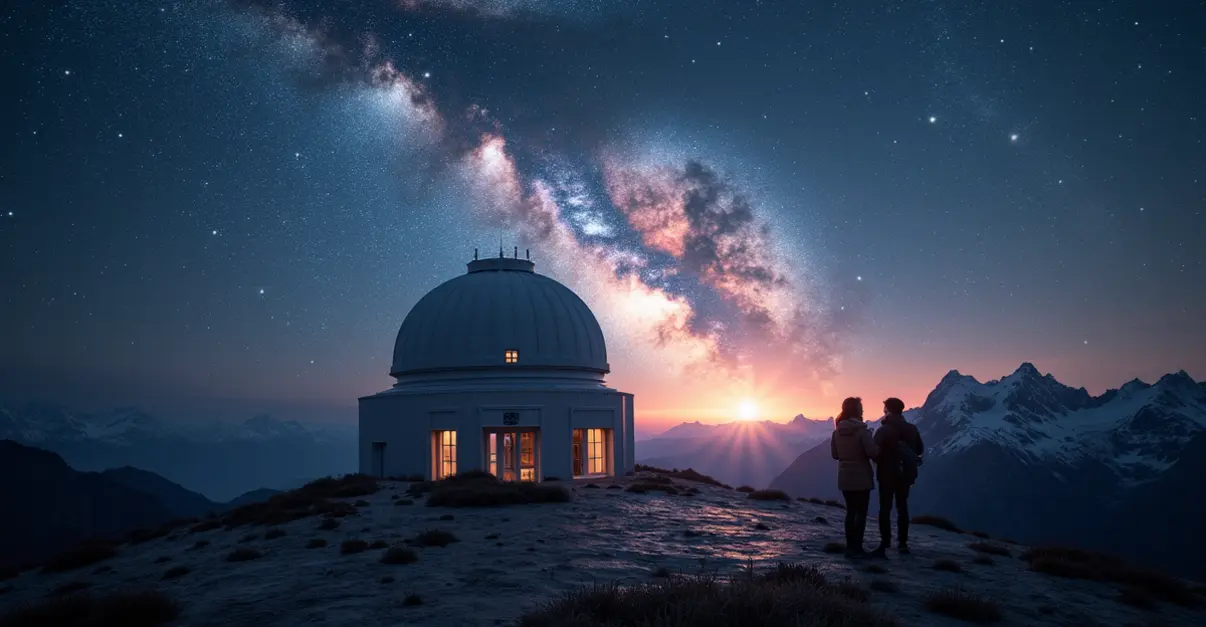James Webb Telescope discovers new cosmic objects called black hole stars or quasistars, providing insights into supermassive black hole formation in the early universe.

Revolutionary Discovery in Deep Space
Astronomers have made a groundbreaking discovery using NASA's James Webb Space Telescope, identifying what appears to be an entirely new class of cosmic object: black hole stars or "quasistars." These mysterious entities, observed as tiny red dots deep in the universe approximately 12 billion light-years away, represent a significant breakthrough in understanding the formation of supermassive black holes.
The Mysterious Red Dots
Since 2022, the James Webb telescope has detected thousands of these enigmatic 'little red dots' scattered throughout the cosmos. Initially, scientists speculated they might be ultra-dense galaxies, massive stars, or black holes consuming matter. However, new research led by the Max Planck Institute for Astronomy in Heidelberg provides compelling evidence for a different explanation.
"We have found strong indications for a new kind of celestial object in our early universe," says lead researcher Anna de Graaff from the Netherlands.
What Makes Quasistars Unique
Unlike conventional stars that generate light through nuclear fusion, these quasistars lack this fundamental process. Their extreme brightness comes from supermassive black holes at their cores that voraciously consume surrounding matter, converting a portion into energy during the process.
The particular object nicknamed "The Cliff" exhibits an extraordinary property: it emits exceptionally strong red light but almost no ultraviolet or blue light. This sharp transition in the light spectrum, resembling a geological cliff face, distinguishes it from any known celestial bodies.
Scientific Significance
Professor Peter Jonker from Radboud University, who was not involved in the study, calls this "a breakthrough discovery that brings us closer to understanding how supermassive black holes formed and grew in the early universe."
Quasistars may represent the precursor stage to supermassive black holes, helping explain how these cosmic giants could grow so rapidly after the Big Bang. According to theoretical models, these objects could have been enormous, potentially containing millions of solar masses within gas balls that dwarf our entire solar system.
The research, published in Astronomy & Astrophysics, marks a significant step forward in cosmic understanding. Scientists plan to analyze more of these red dots to determine their structure, mass, growth rate, and importance in black hole evolution.

 Nederlands
Nederlands
 English
English
 Français
Français
 Deutsch
Deutsch
 Español
Español
 Português
Português









